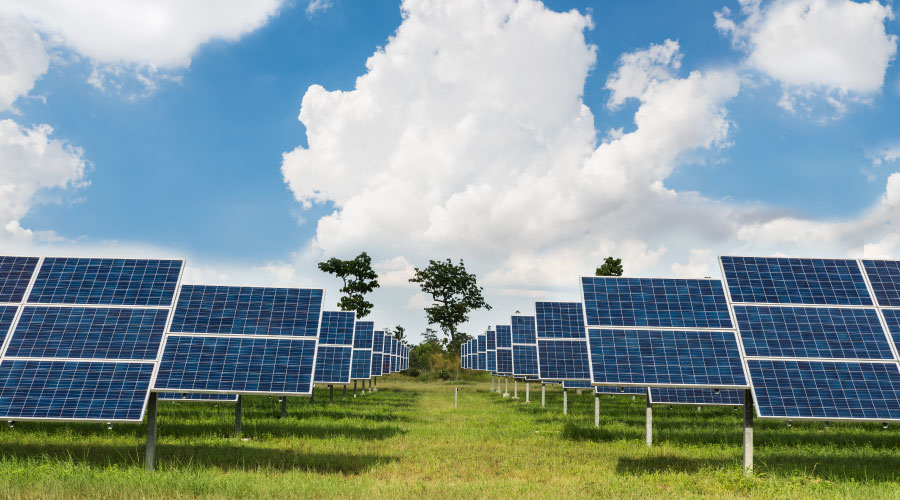Survey Of Energy Efficient Properties Shows LEED Offers Advantages
Energy efficiency is a smart, cost-effective way to reduce operating costs. There is also evidence that energy efficient properties have higher occupancy levels, lease-up rates, and sale prices than less efficient properties. For these reasons, energy efficiency should be high on the priority list whether designing a new building or renovating an existing space.
In addition, energy efficiency experts are increasingly recognizing the importance of paying attention to how buildings perform once design and construction are complete. Ongoing performance monitoring is an important step in ensuring that real energy savings are achieved in the long term.
The U.S. Green Building Council's (USGBC) LEED rating system is a popular tool that can help building owners and managers achieve energy efficiency and sustainability goals.
While LEED certification shows that a project meets a specific set of sustainability guidelines, some have questioned whether LEED-certified projects actually use resources more sustainably than other buildings in the long term. In an effort to answer this and similar questions, the Illinois Chapter of USGBC partnered with consulting firm CNT Energy and three regional partners in a multiyear endeavor to analyze the post-occupancy performance of LEED projects in Illinois.
The Regional Green Building Case Study Project (Illinois LEED Study) is one of the few post-occupancy studies to have a regional focus and to collect multiple years of data. It is also one of few research projects to provide detailed reports on a broad scope of metrics to study participants.
The 51 participants in the second, and most recent, phase of the study represent nearly 25 percent of Illinois' LEED-certified projects. They include new construction, existing buildings, commercial interiors, and core and shell projects. In some cases, a project makes up the entire building, while in other cases a project includes only a portion of the building (e.g. Commercial Interiors and Core and Shell projects).
All participating projects were required to provide at least 12 months of utility data. Participating projects were also invited to share information about water use, project financials, occupant health, productivity, and other benefits, and building occupants were invited to participate in two online surveys.
Related Topics:













